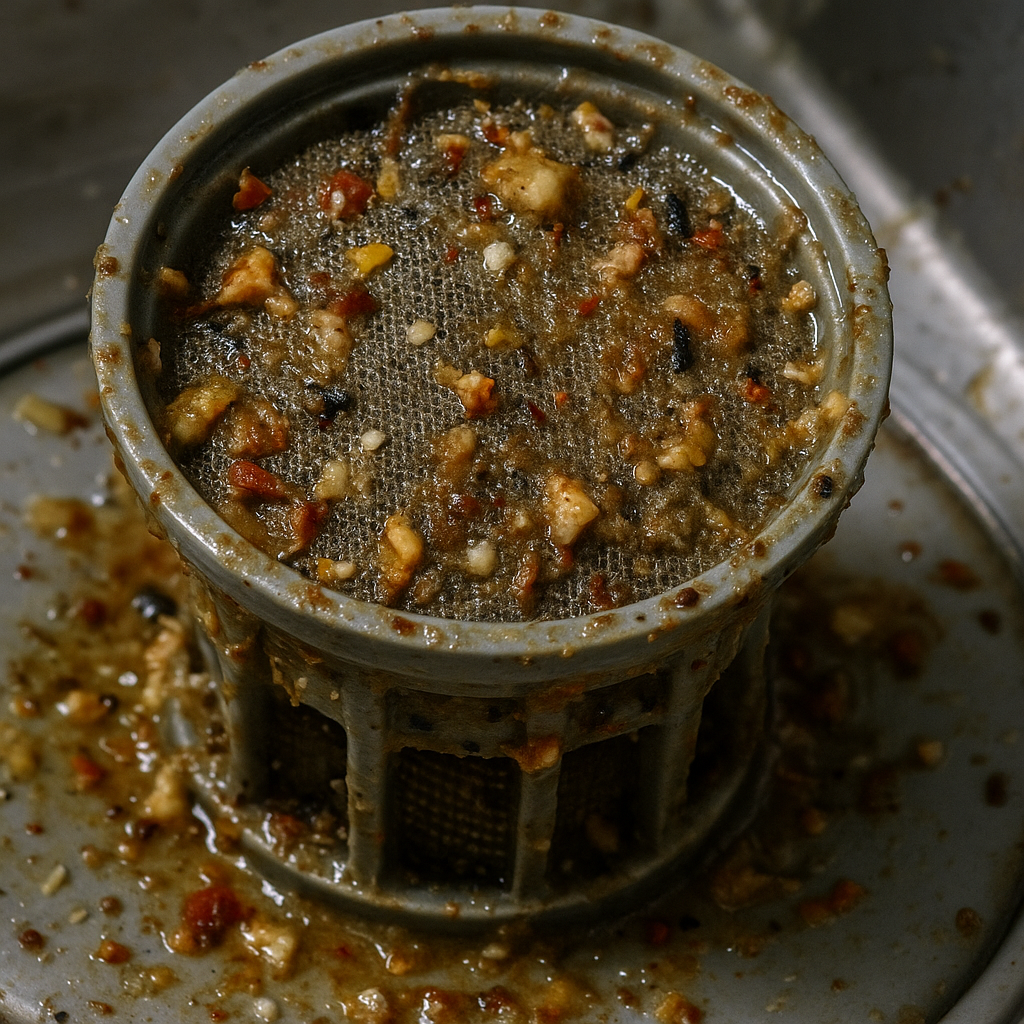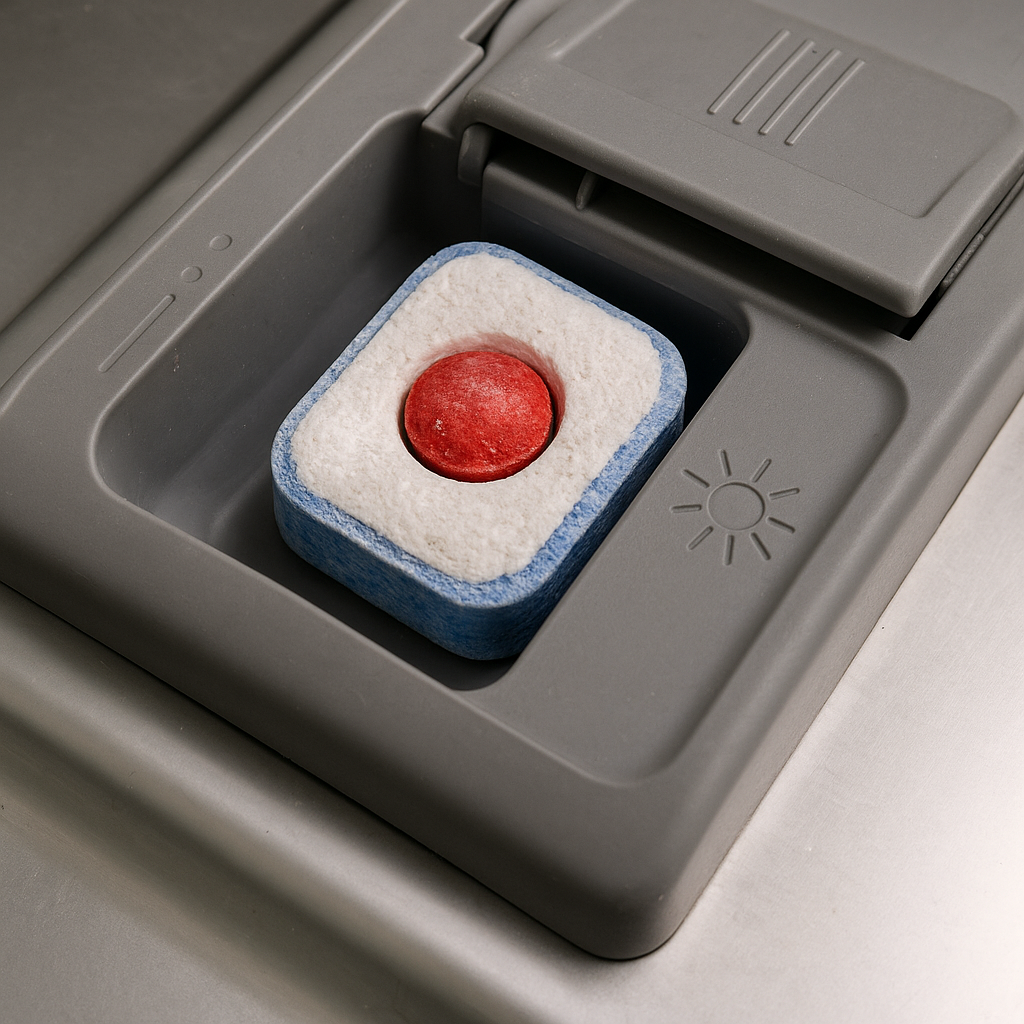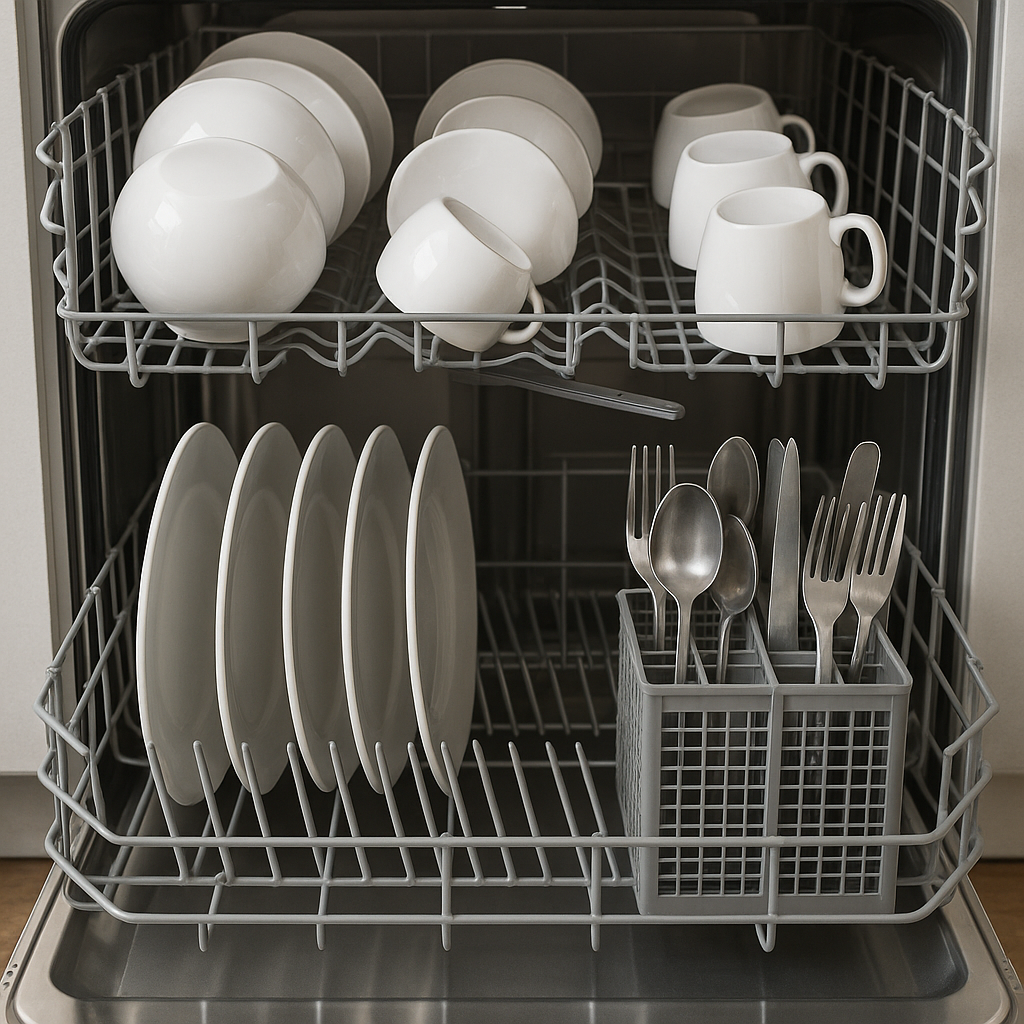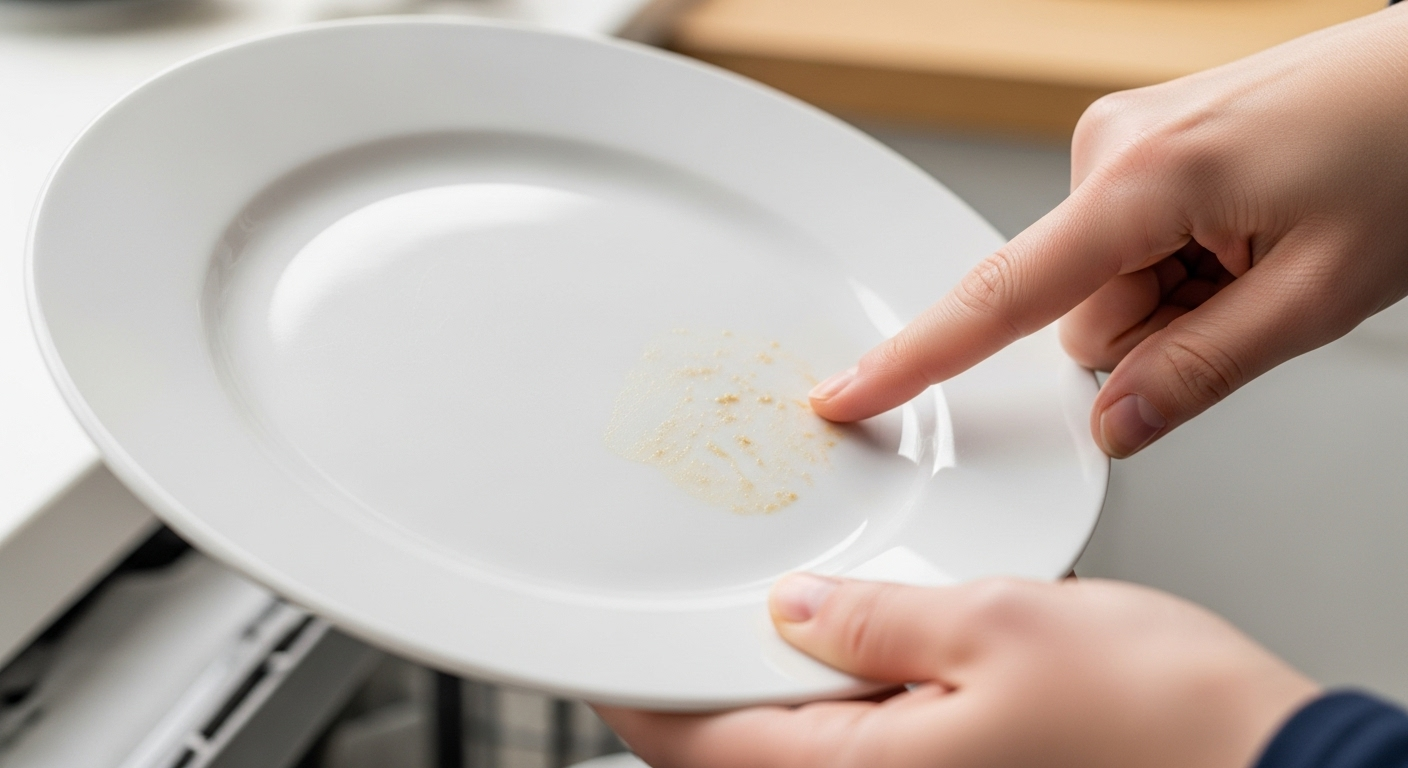Why Your Dishwasher Isn’t Cleaning Properly: Finding the Usual Suspects
It’s one of life’s less enjoyable mysteries – you open the dishwasher, expecting gleaming glassware and sparkling crockery, but all too often you’re faced with a motley crew of streaky plates and crusty cutlery. Luckily, most problems have simple solutions, no need to embark on an odyssey to the appliance shop just yet. Quick Fix: The number one culprit for poor cleaning performance? A clogged filter. A monthly clean can single-handedly change your dishwasher’s fortunes. If dishes emerge smelling like last week’s shepherd’s pie, your filter probably looks (and smells) much worse!

Common Causes and How to Tackle Them
- Blocked or Dirty Filter – This catches food debris and can quickly get overwhelmed. Remove the bottom rack to access it, rinse under hot water, and gently scrub with an old toothbrush. For most UK households, once-a-month cleaning will do, but weekly is even better.
- Clogged Spray Arms – Tiny holes in the arms can become blocked, reducing water pressure and leaving your bangers and mash stubbornly stuck to the plate. Remove the arms (they usually unscrew or unclip), soak in warm soapy water, and use a cocktail stick to clear any holes.
- Improper Loading – Overcrowding is the enemy. Make sure plates and bowls face the middle, leave room for water flow, and don’t stack items too closely. Always check that nothing blocks the spray arms so they can spin freely.
- Detergent Dilemmas – Choose quality tablets and make sure the detergent compartment isn’t blocked. If the tablet is intact after a cycle, check the compartment and ensure a handle or pan isn’t stopping the door from opening.
- Water Troubles – Dishwashers need water at least 51°C–60°C for optimal cleaning. If your dishwasher appears to run cold, check your hot water settings. Lower temperatures might leave tablets undissolved and dishes greasy.
- Hard Water and Limescale – If your glasses look cloudy or there’s a powdery residue, you’re probably in a hard water area. Regular use of dishwasher salt and a rinse aid can make all the difference.

Actionable Steps for a Cleaner Wash
- Clean the Filter: Remove and rinse monthly – weekly if you’re feeling ambitious or have hard water.
- Spray Arm Maintenance: Take out, soak, and unblock holes with a stick or brush.
- Check Detergent Door: Always place tablets flat, not upright, and ensure no large pots or trays are stopping the door from opening.
- Adjust Water Temperature: If grub and grease persist, check that your water heater is set above 50°C (consult your manual for the sweet spot).
- Use Salt & Rinse Aid: Even with soft water or a water softener, salt is essential for your machine’s health. Rinse aid keeps glassware shiny and helps prevent streaks and watermarks.
- Load Up Thoughtfully: Don’t crowd – facing the dirty side to the centre lets the spray arms do their job. Mix up cutlery and alternate positions so nothing ‘nests’ and everything gets hit by water.

Top Tip: If your dishwasher tablet keeps refusing to dissolve, check if anything is blocking the detergent compartment – and that the spray arms aren’t stuck. Run the hottest cycle available once a month to give things a full-on spa treatment.

Frequency Reminder: Clean the filter monthly and give the spray arms, seals, and detergent compartment a look every couple of months. In hard water areas? Keep that dishwasher salt topped up and rinse aid flowing.
Extra Practical Tips For a Sparkling Finish
- Don’t pre-wash – Just scrape off large lumps. Over-rinsing can trick newer machines’ sensors into thinking your dishes are clean enough already. Save water (and your dignity) by letting the dishwasher do the hard work.
- Don’t overload – Leave breathing room so water and detergent can reach every surface.
- Load plastic on the top rack – It keeps them from warping next to the heating element.
- Mix up the cutlery – Alternate spoons and forks to avoid ‘nesting’ (and baked-on Weetabix).
- Regular maintenance matters – Run an empty cycle with a cup of white vinegar on the top rack to freshen things up every couple of months.
The Bottom Line: A quick clean and a thoughtful load go a long way. Most dishwasher issues can be solved without a call to the repair shop – or a trip to buy a new machine. With a few regular rituals and a bit of common sense, you and your dishwasher can enjoy many more years of stress-free after-dinner clean-up. Now, off you go and give that filter a good seeing to – your crockery will thank you later!
